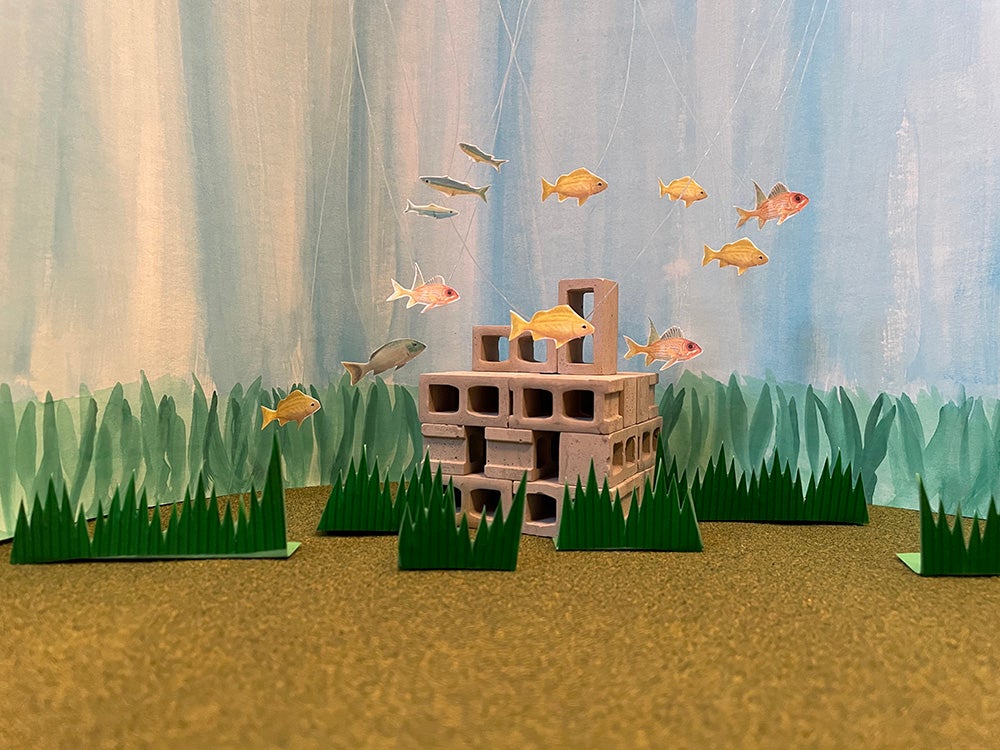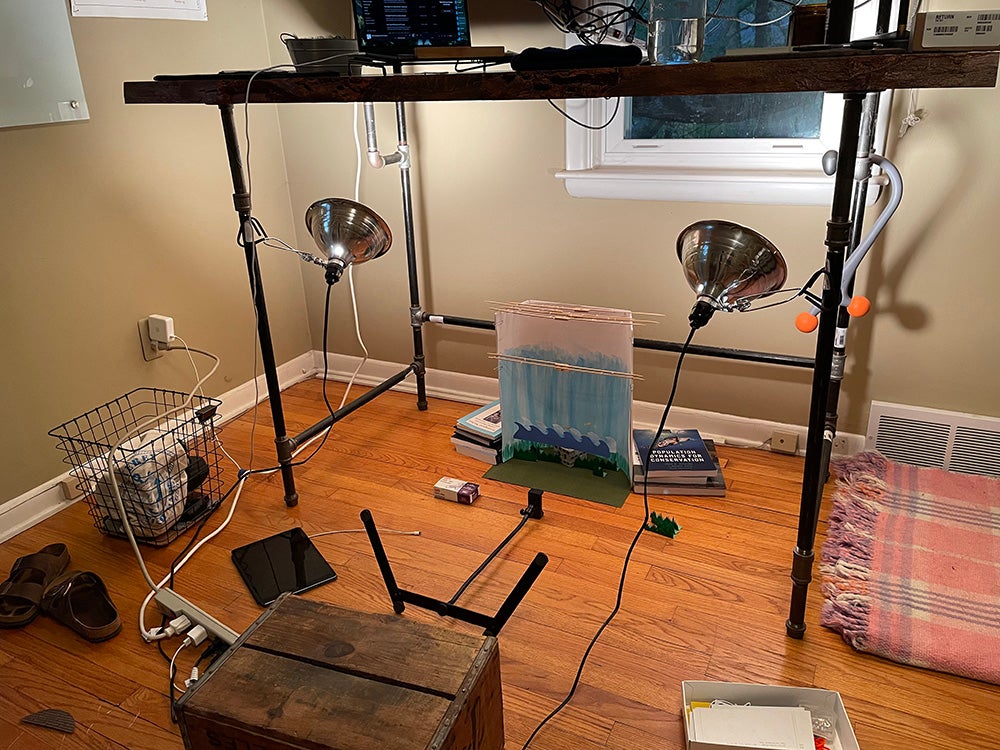
by Katrina Munsterman, Ph.D. student in the Coastal Ecology and Conservation Lab in EEB
I always wanted to be an actress, faking illness in dramatic attempts to trade the classroom decorated with construction paper flowers for a day spent counting banana slugs on the mossy floor of a redwood forest. I grew up with a hardworking mother who juggled being a full-time park ranger in Muir Woods National Monument with raising two adventurous girls of her own. My mother didn’t get many breaks from her role as a ranger or a mom; a sick day for me was still a full day at work for her, just with me in tow.
She likely was suspicious of my crippling stomach-aches that disappeared as we entered the wooden gates of the park. She also likely knew that these “sick days” were more educational for me than most days spent in the confines of a classroom. I stood in awe under the canopy of the giants, watching and listening as my mom explained how to age a tree to a group of visitors. She guided the hands of a child over the tree rings, noting the light and dark bands and the scars of forest fires past. She kept the diverse group engaged by using different senses to stimulate learning.
20 years later, I realize now how important science communication is for connecting scientists with the public. In this era of science skepticism, climate change deniers, and the like, it is now more important than ever for us to learn how to communicate science to nonscientists. As academics, it is our responsibility to share our research findings beyond the discussion section of a manuscript or a broader impacts portion of a grant. In fact, I believe that learning how to connect with people from diverse backgrounds is one of the most important skills that we can develop as scientists.
20 years later, I realize that I don’t have to be an actress to make my voice heard. As a scientist and science communicator, my goal is to find points of connection with the public to turn more complex social and ecological topics into words and imagery that are digestible for all. And I truly believe that we are all capable of this.
This winter semester I had the opportunity to complete the Science Communication Fellows Program through The University of Michigan Museum of Natural History. The 7-week long course immersed us in topics such as building a common vision, inquiry-based learning, and designing narrative structures. Completion of the program required either leading a live (virtual) classroom event or creating a science communication video.
Inspired by filmmaker Wes Anderson, I decided to spend the dark Michigan winter months stitching together a stop-motion film for my project. The short film combines elements of my research with my story and passion for finding sustainable fisheries solutions for coastal communities. This was a collaborative effort with UM Ecology and Evolutionary Biology artist John Megahan who painted the beautiful reef fish, and my partner Woody Locke who wrote and performed the music.
Please check the UMMNH Scientist Spotlight (with link to the video!)


